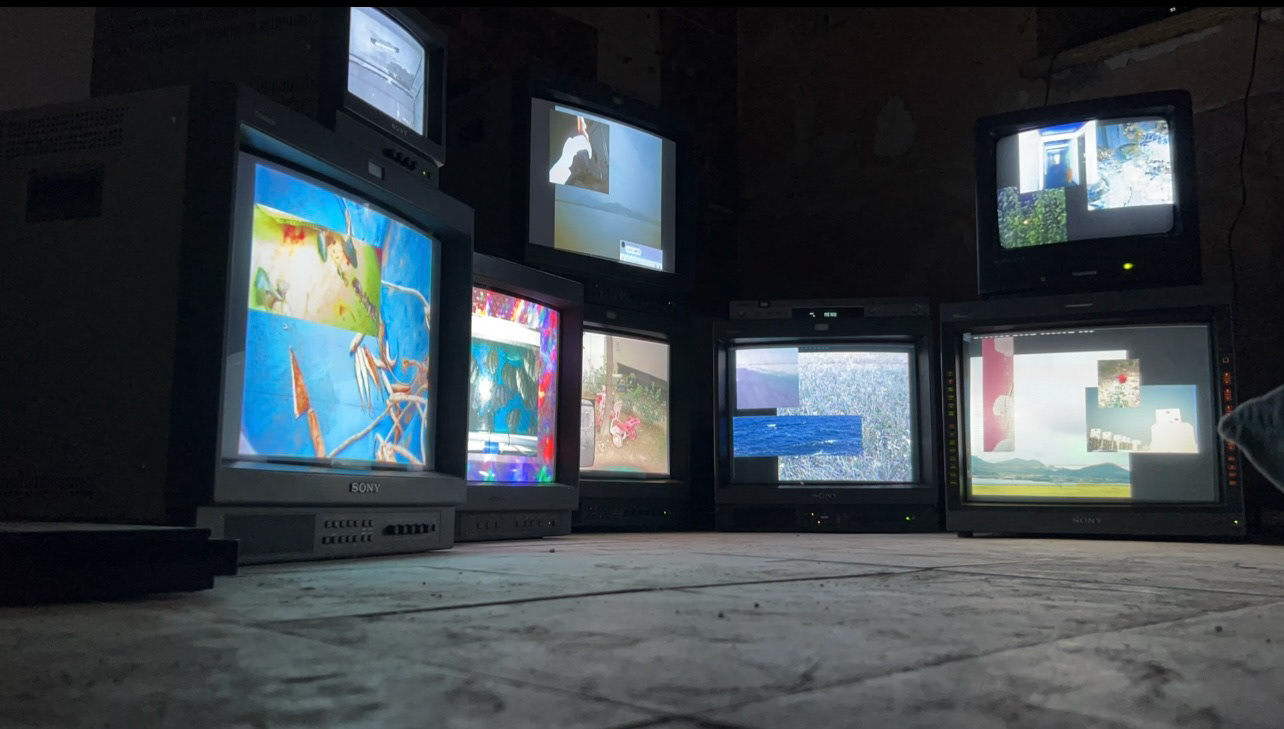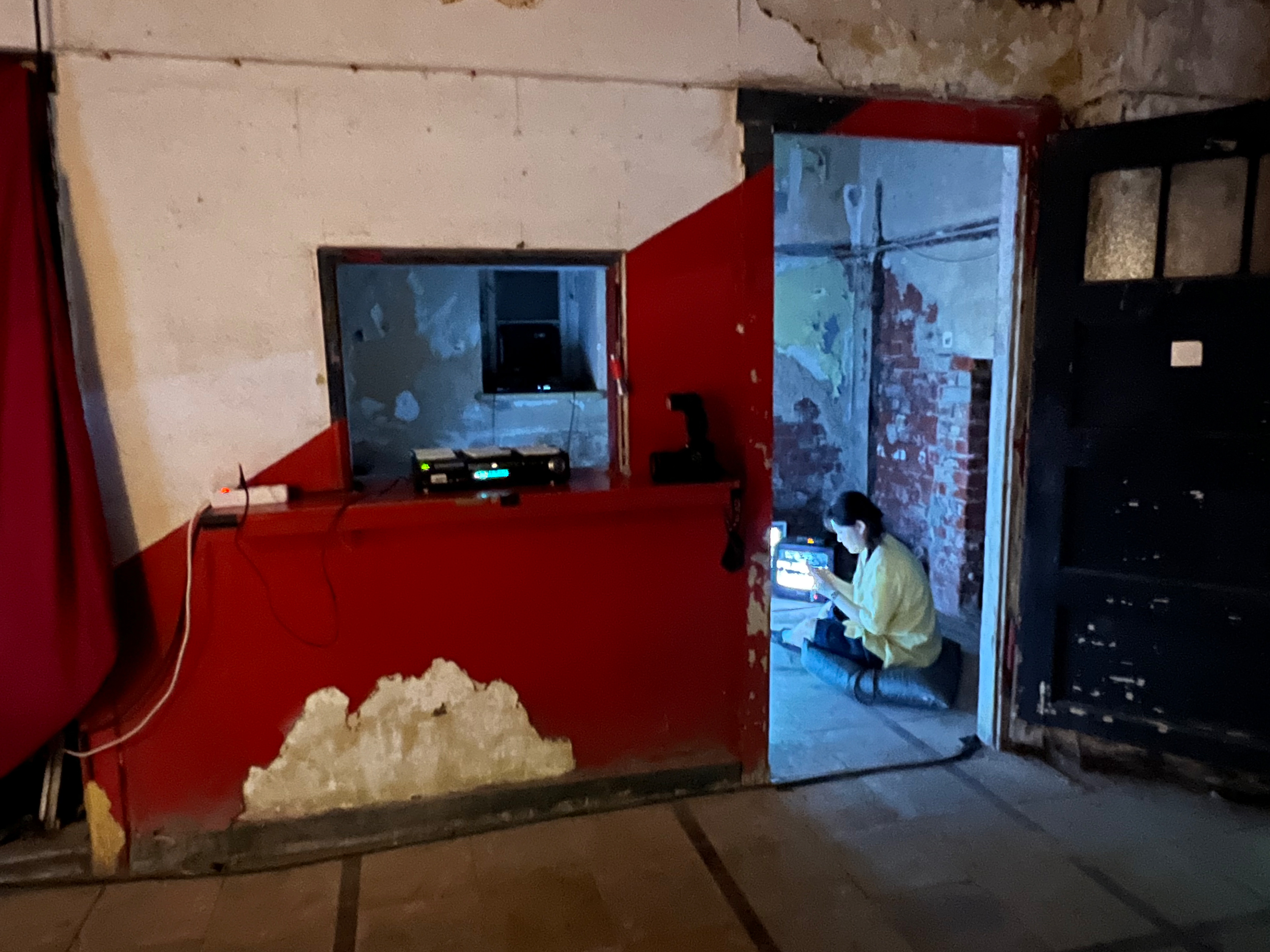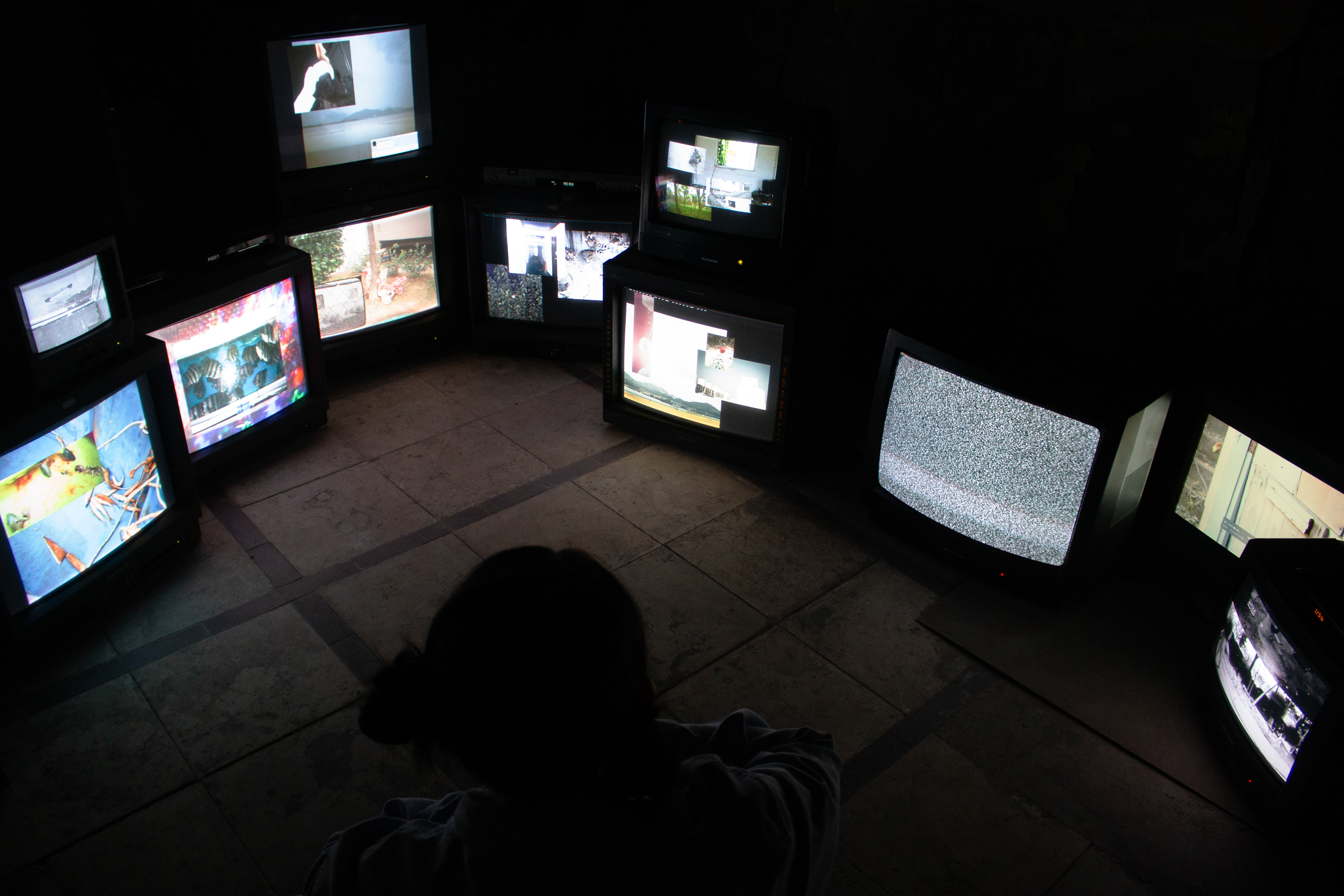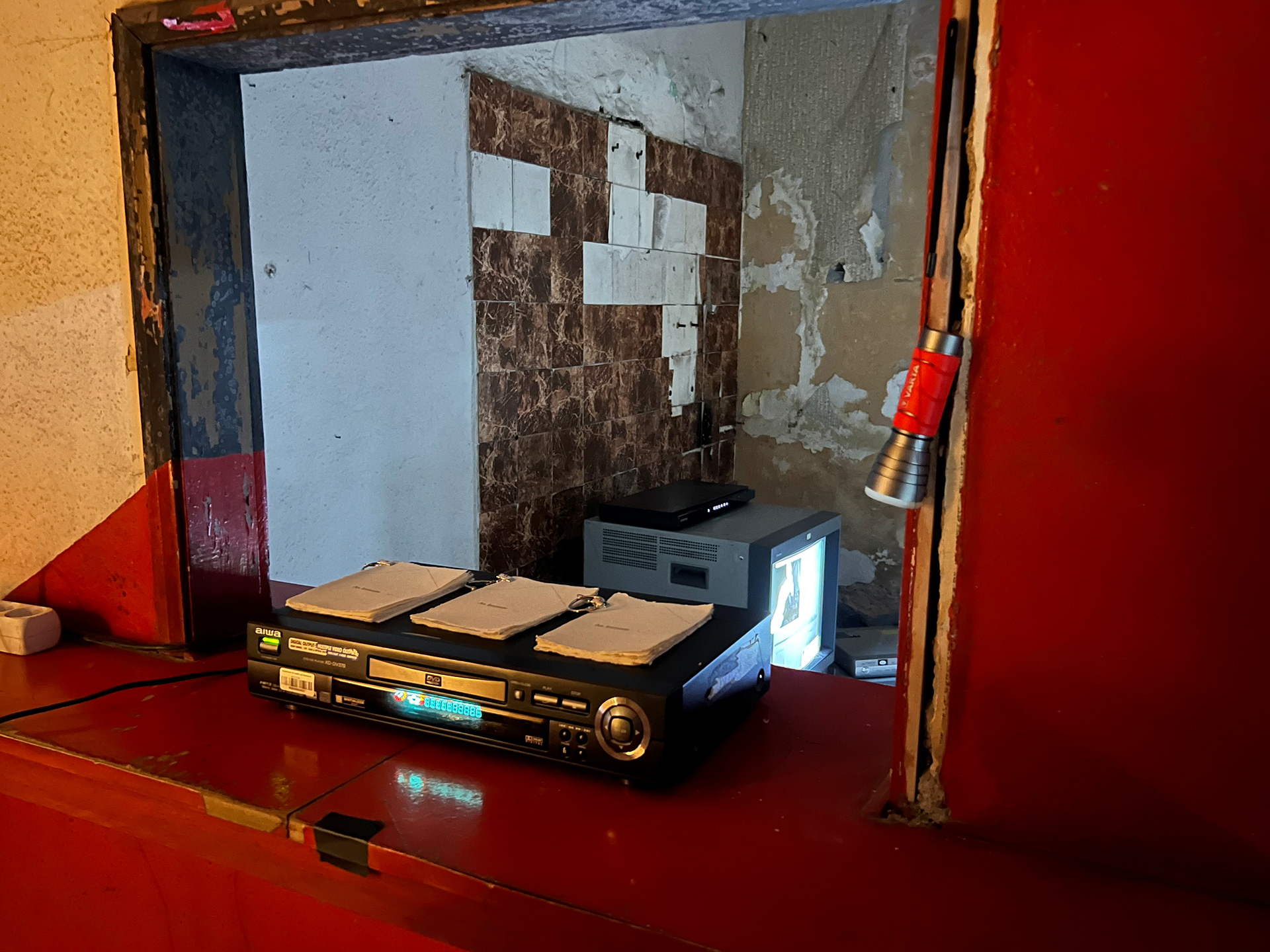🌐 https://yunjushin.com / ✉️ yunjuss0109@gmail.com/ @dbswnshin
Yunju Shin is studying photography in the class of Prof. Tina Bara at HGB Leipzig, responsible for financial management and documenting the exhibition.
An Intimate ‘___’




further more about the artist :
This work explores the way memory functions, focusing especially on the distortions and discrepancies that occur in the process. In an attempt to re-experience uncontrollable violent situations differently within a dreamlike state, to escape through daydreaming, or to avoid trauma altogether by retreating into fantasy, memory fragments, distorts, and overlaps. The past memories triggered by trauma do not reappear in a linear narrative but rather manifest irregularly as fragmented images and emotions. These scattered past scenes sometimes overlap with one another—some remaining vivid, while others fade or morph, existing in a fluid state. Memory does not follow a consistent flow; certain moments become exaggerated or distorted, and memories from different time periods merge, creating a singular scene. Within this irregular process of recollection, memory is not merely a trace of the past but an ever-evolving sensory experience that remains deeply connected to the present. This work explores the process of textualizing these transformed memories and writing them down to create an externalized narrative. As sensory experiences are converted into textual records, trauma is no longer merely a subjective recollection of violence but is instead observed from a new perspective.
This work does not aim to explain the causes or structure of violence and trauma, nor to educate perpetrators. Instead, it focuses on confronting violence and externalizing the experience. Memory is not simply replayed but reconstructed through visual language, allowing the inner conflict and wounds to be faced in new ways. By viewing personal experiences from a third-person perspective through the artwork, the work attempts to deconstruct the cyclical nature of trauma and explore the process of breaking free from it. Ultimately, this project seeks to understand memory and trauma not as fixed entities but as continuously reconstructed, fluid processes. Additionally, by juxtaposing past sensory memories with present physical reality, it becomes a way of coming to terms with the present moment.


